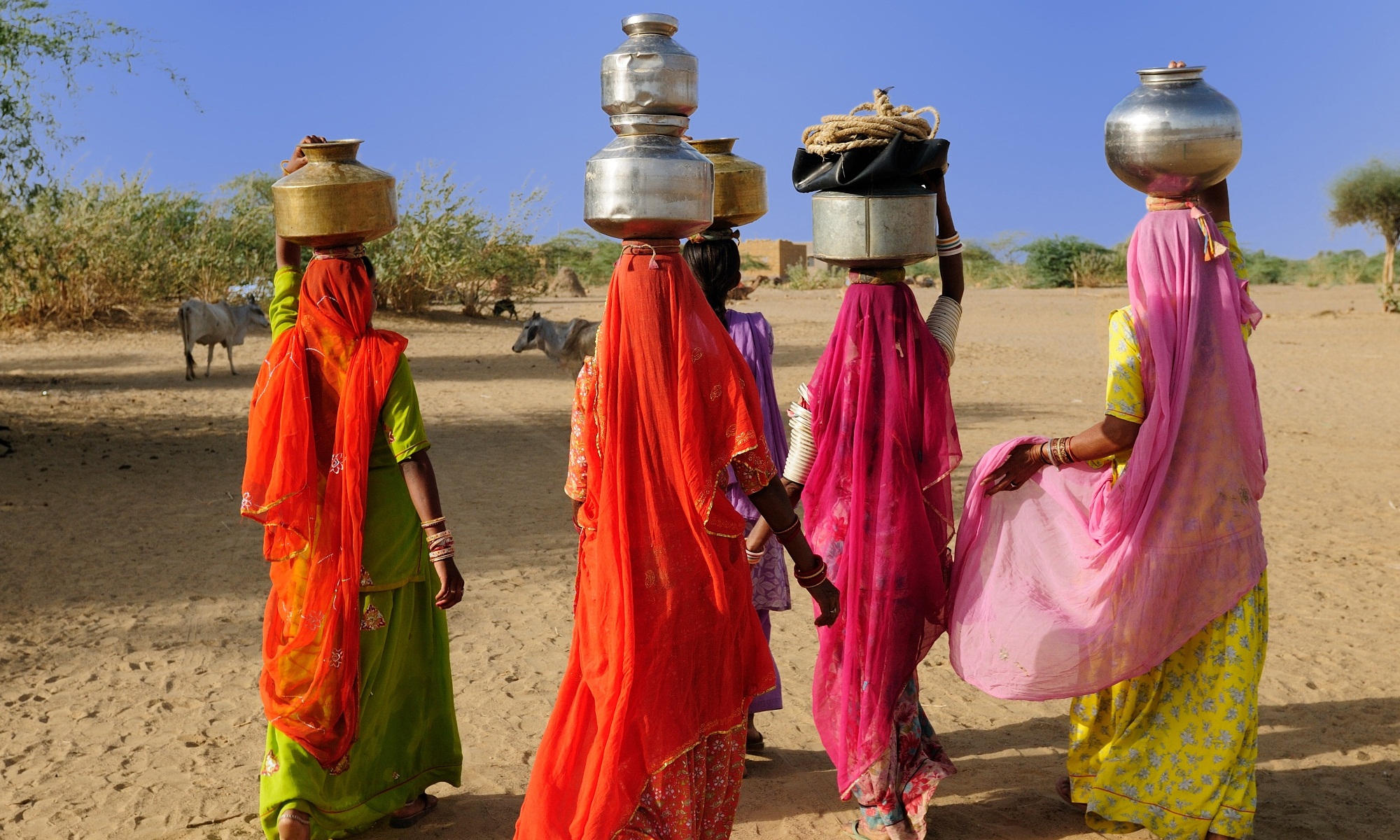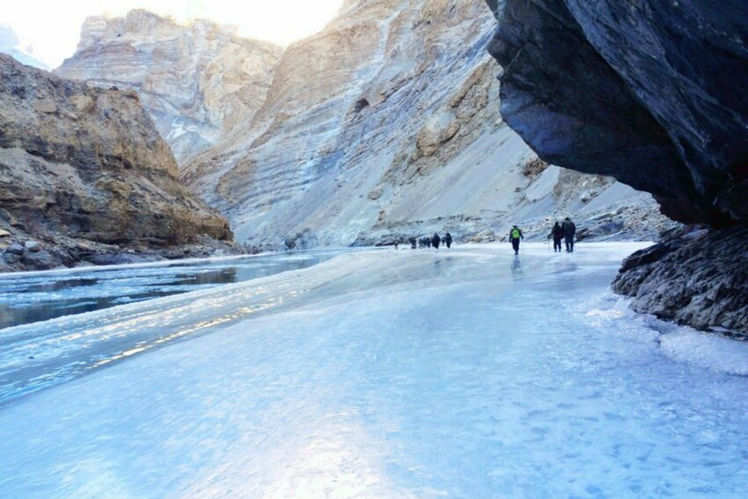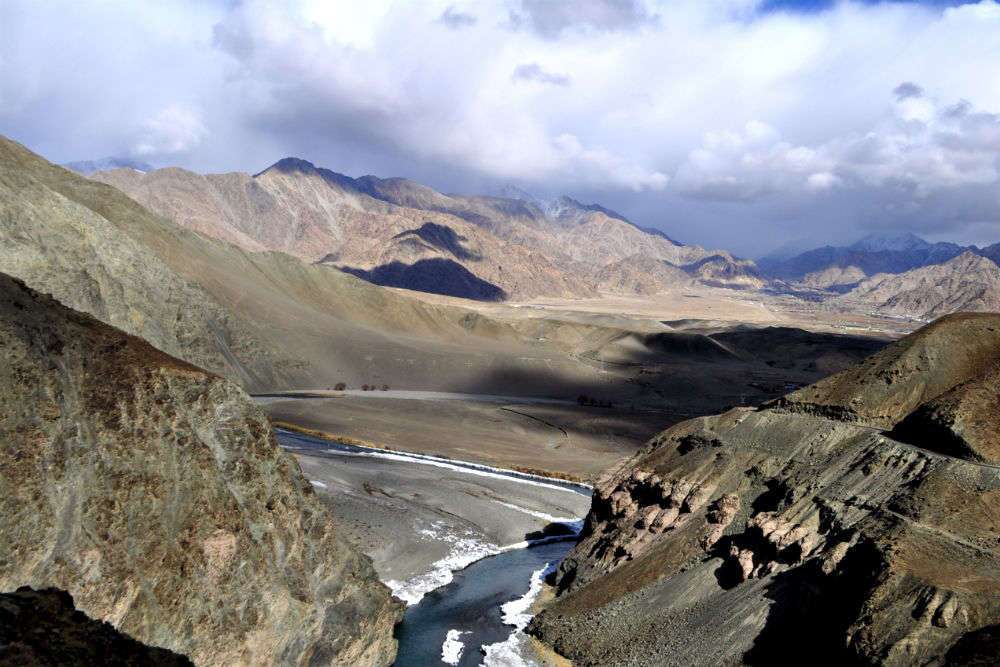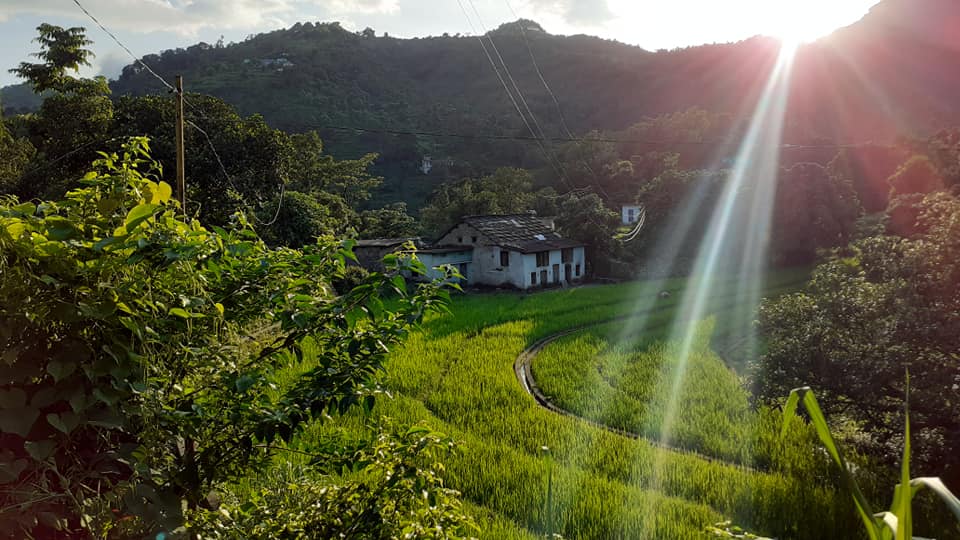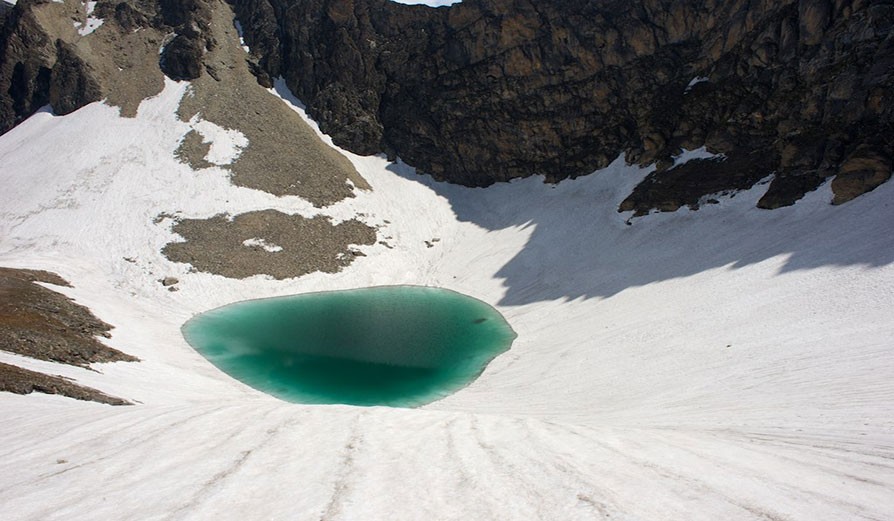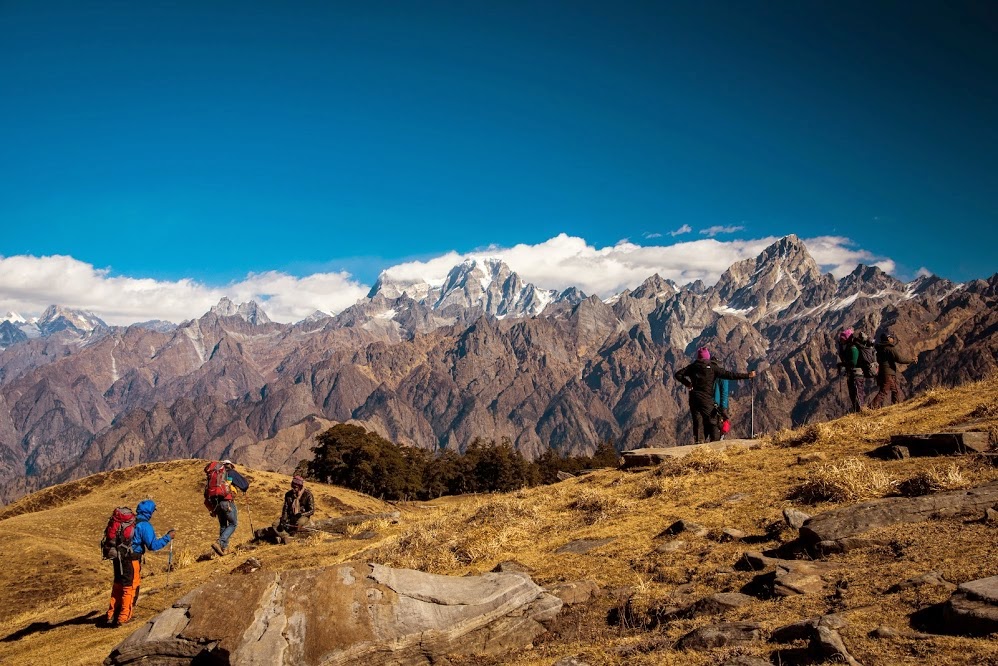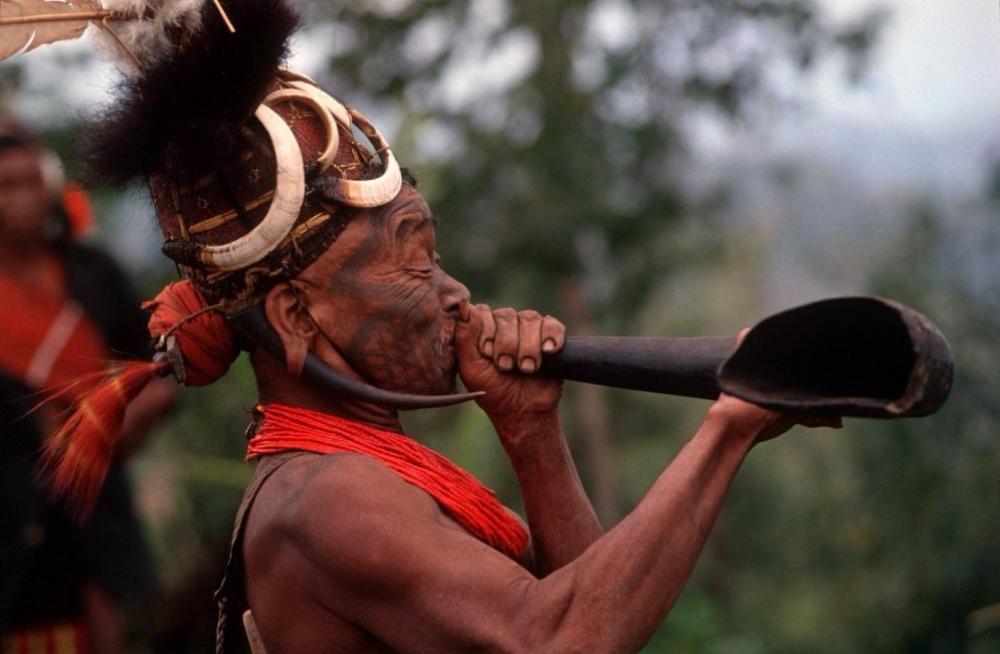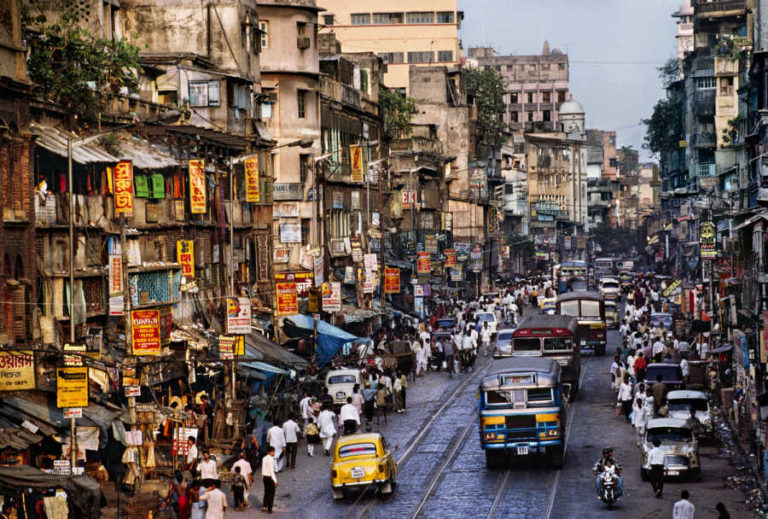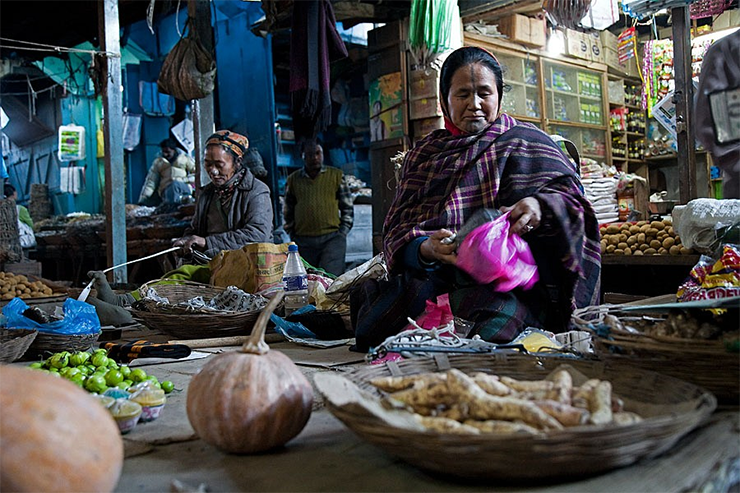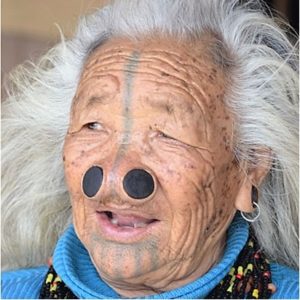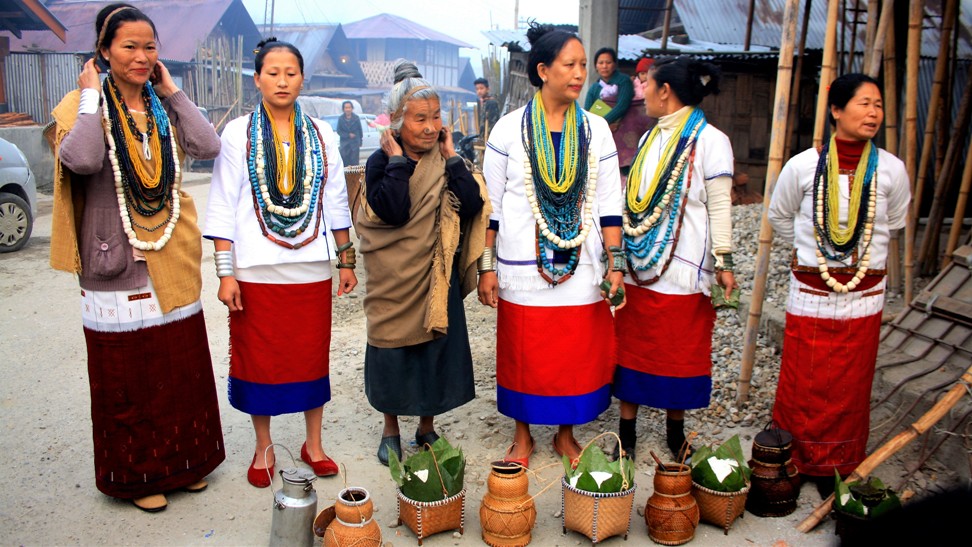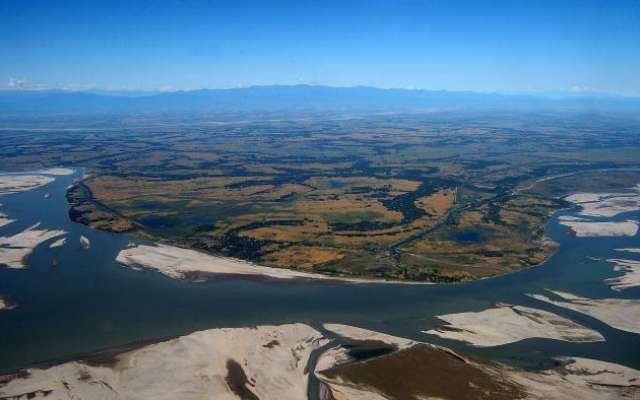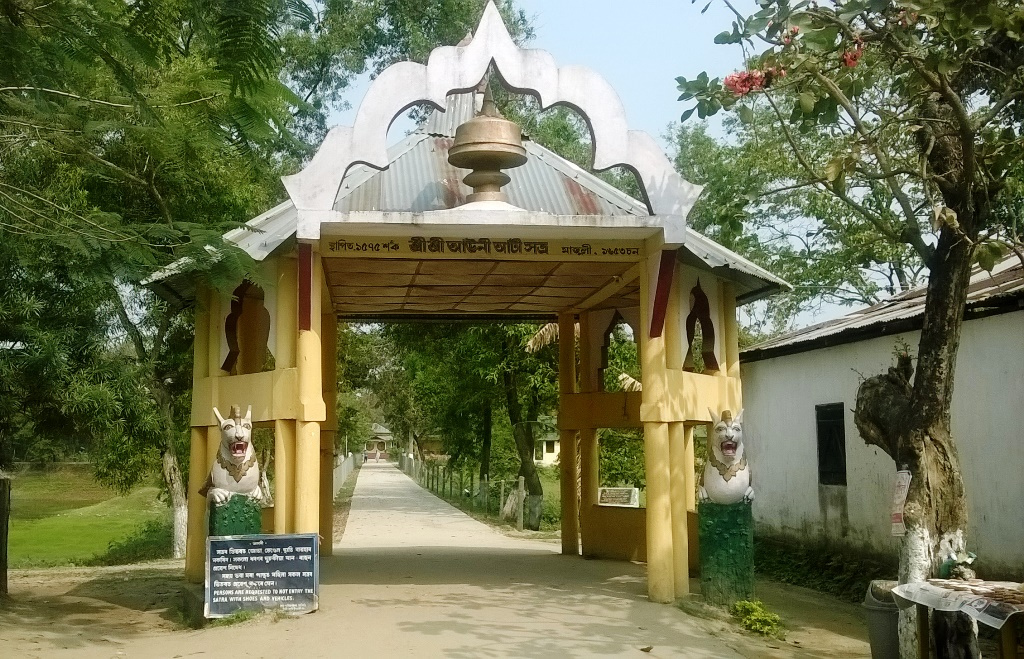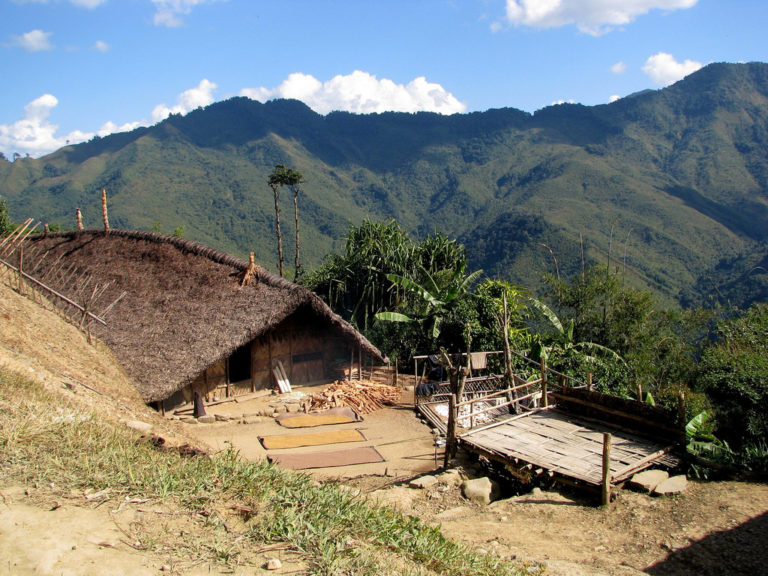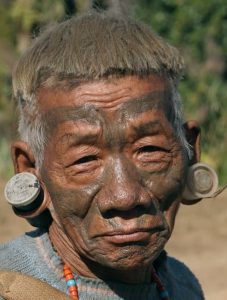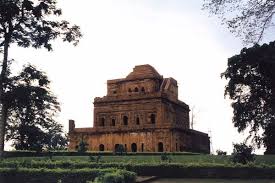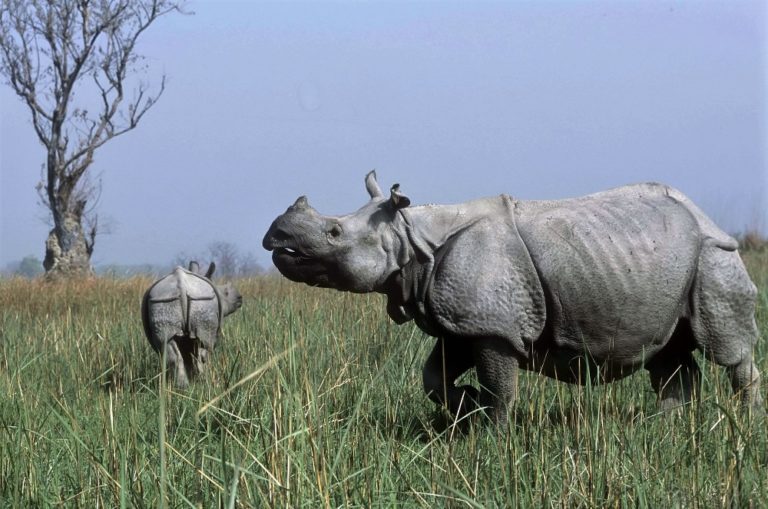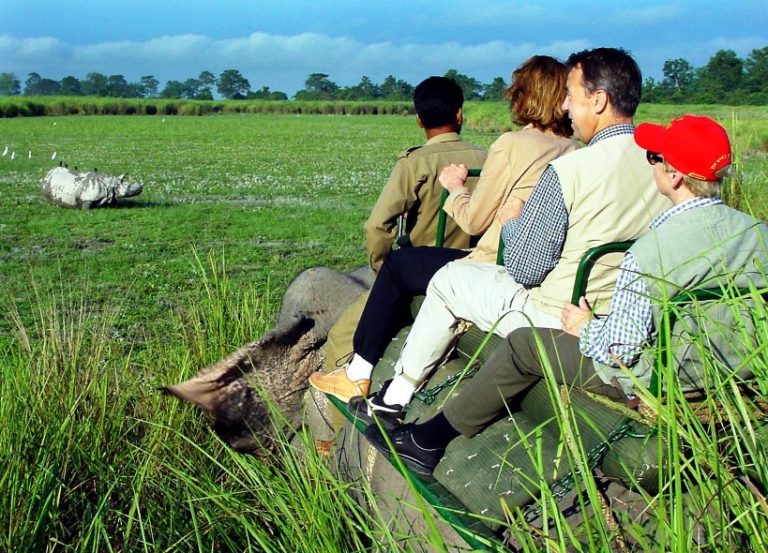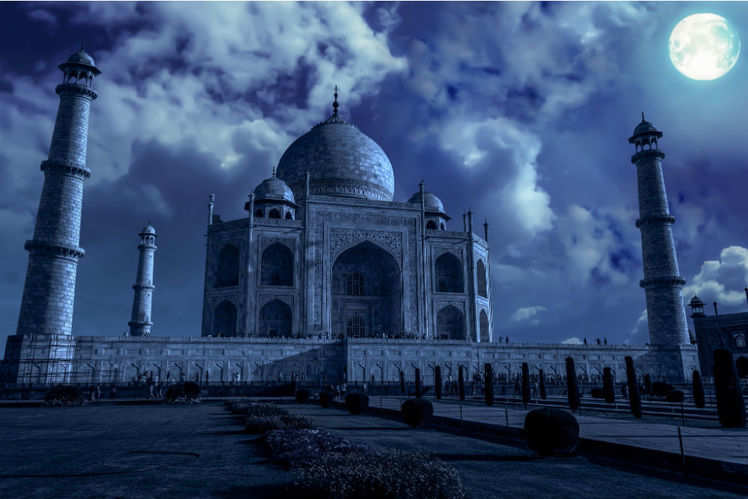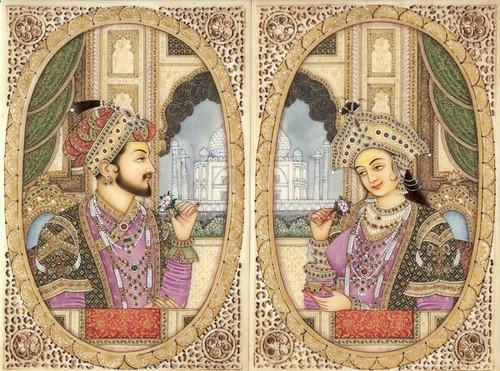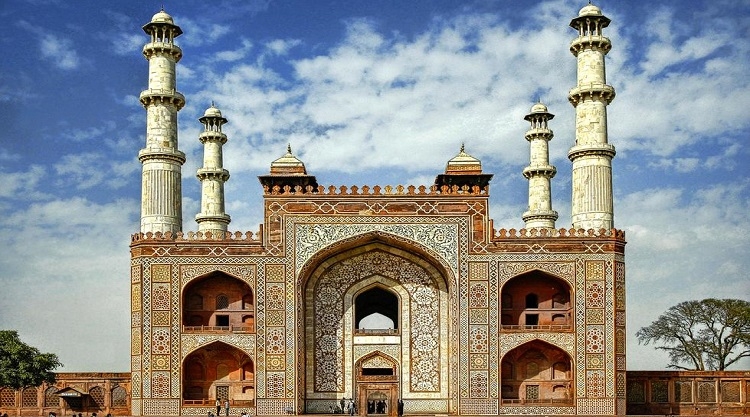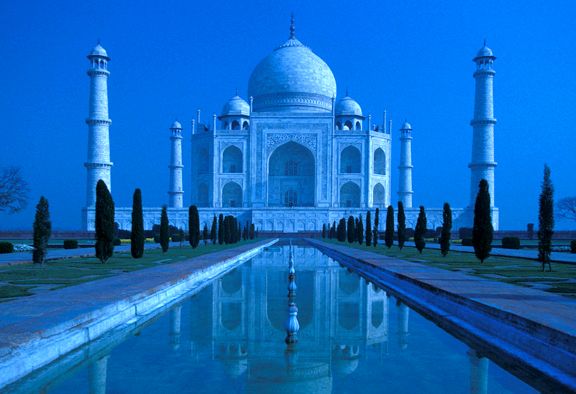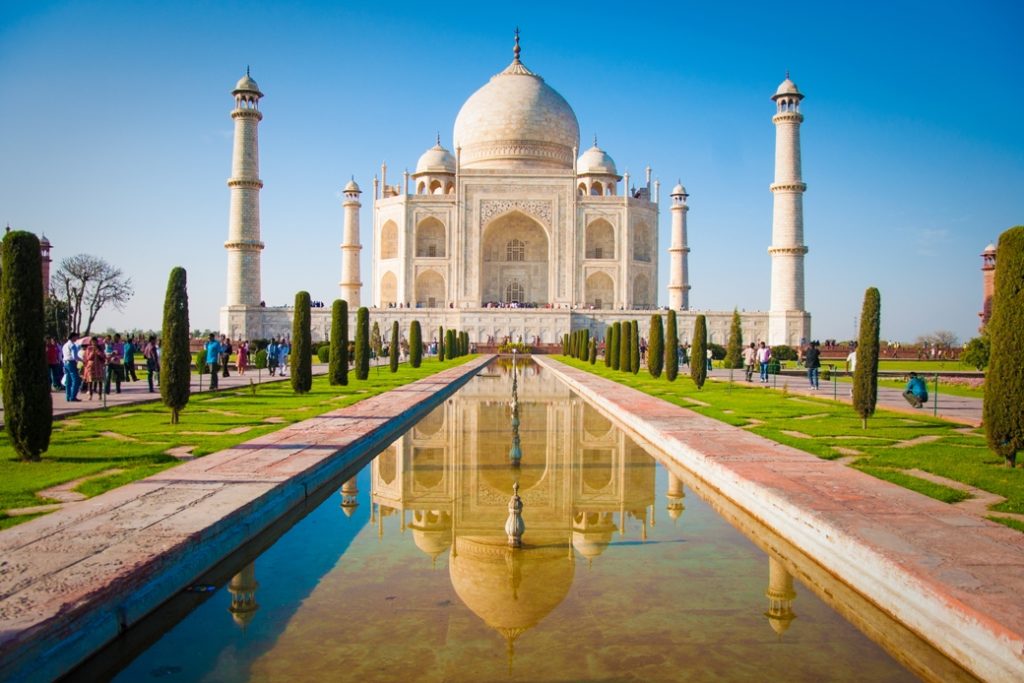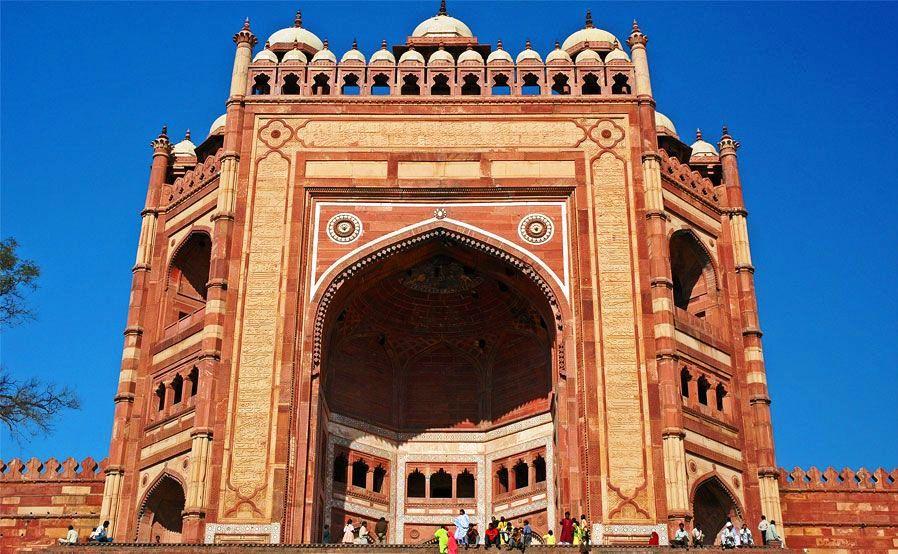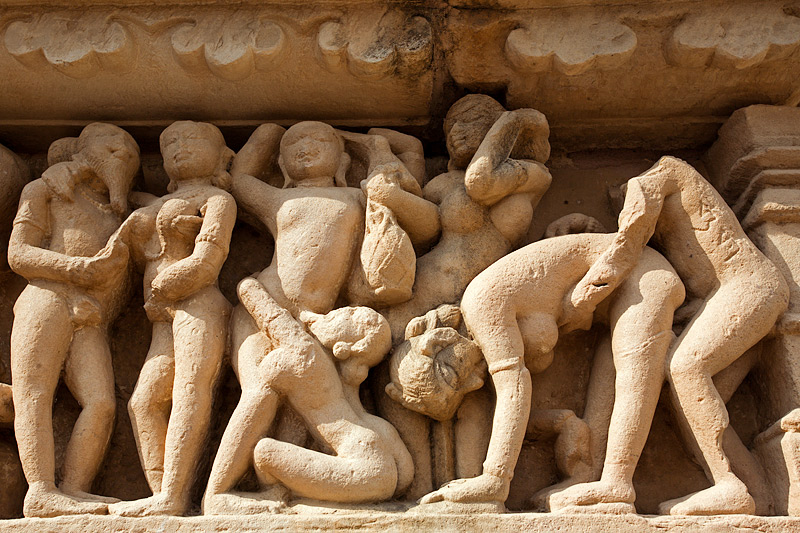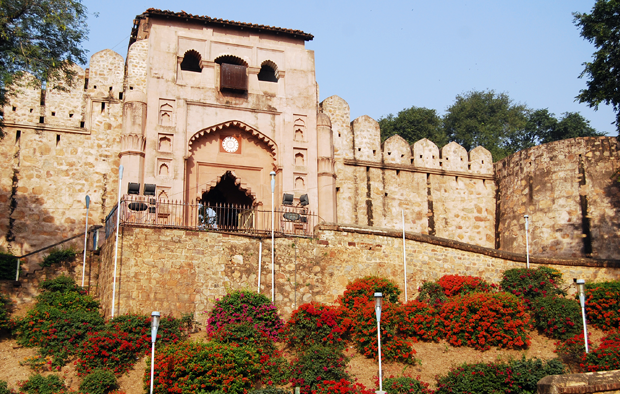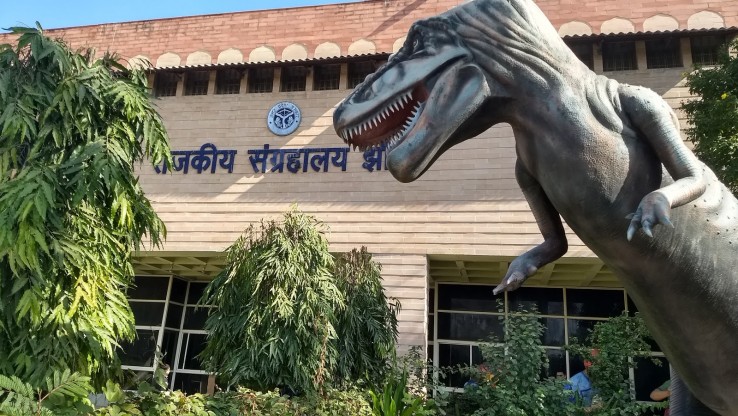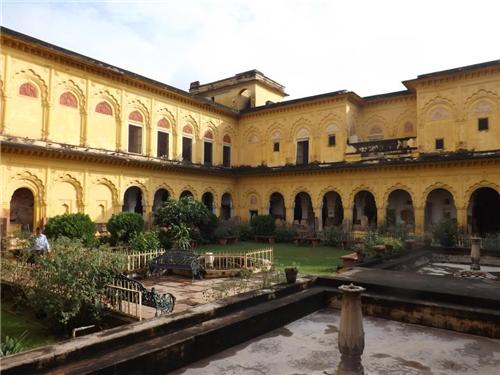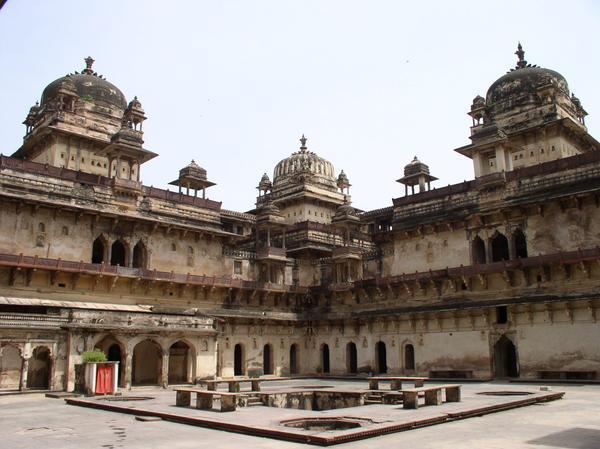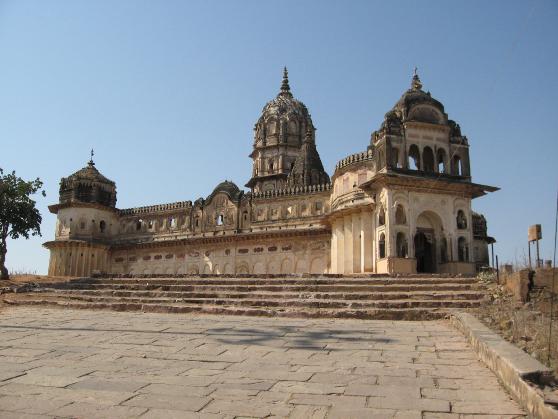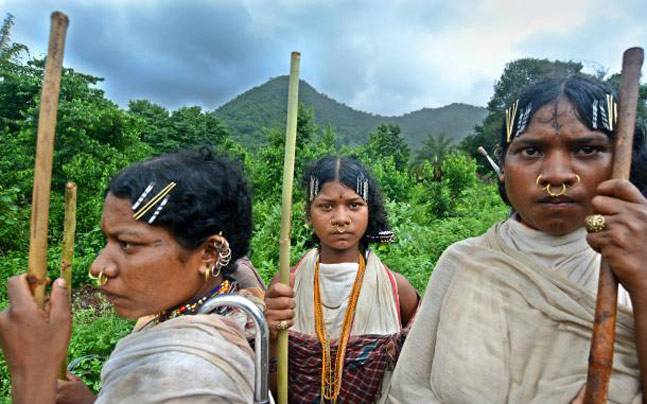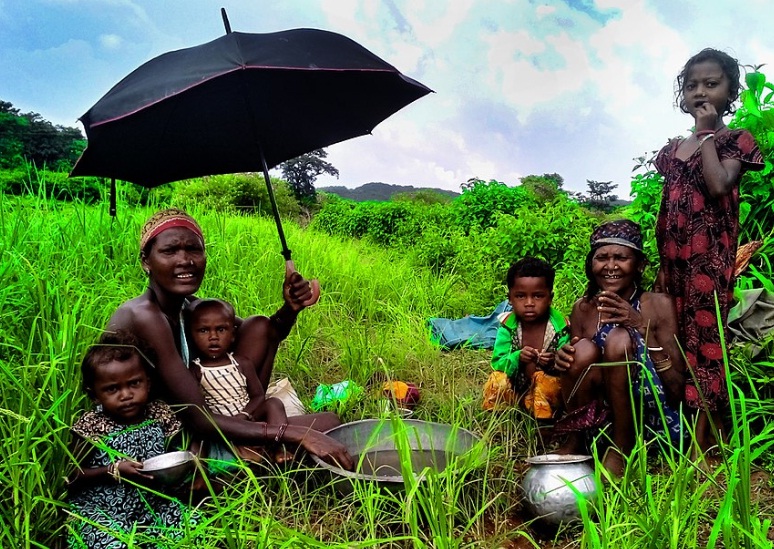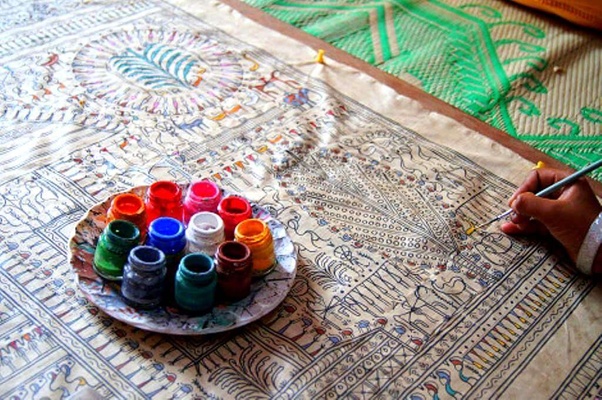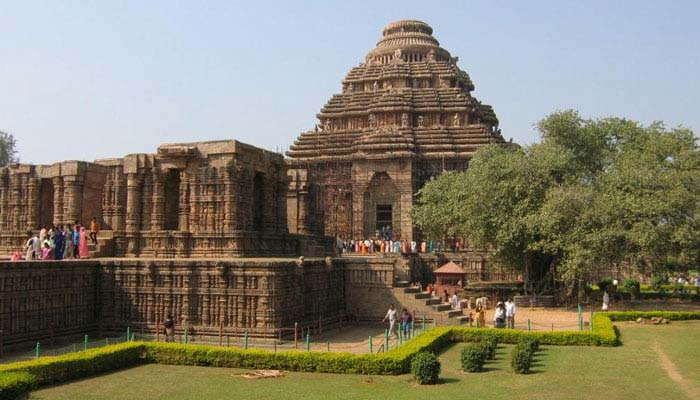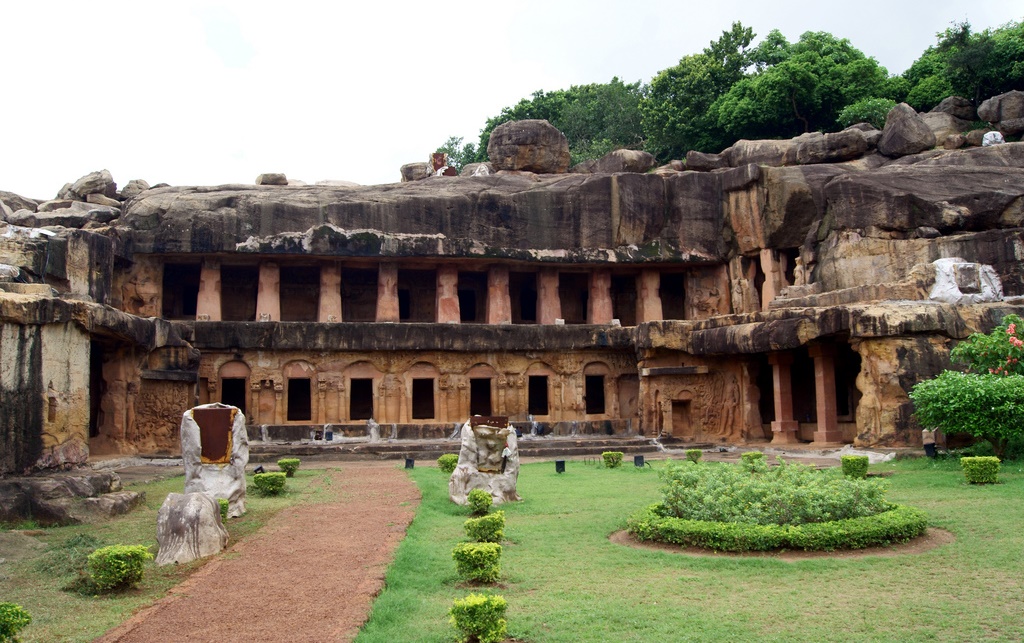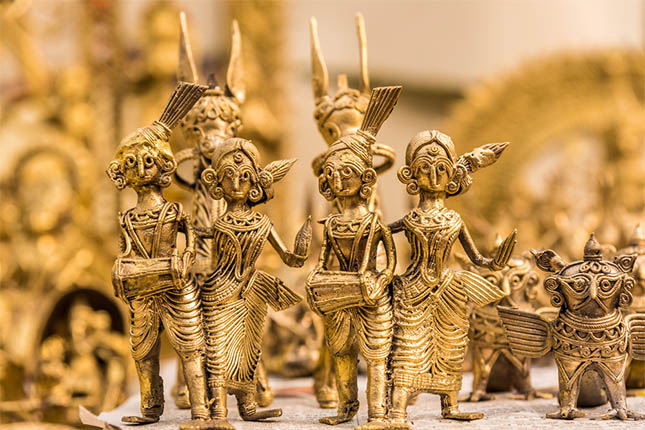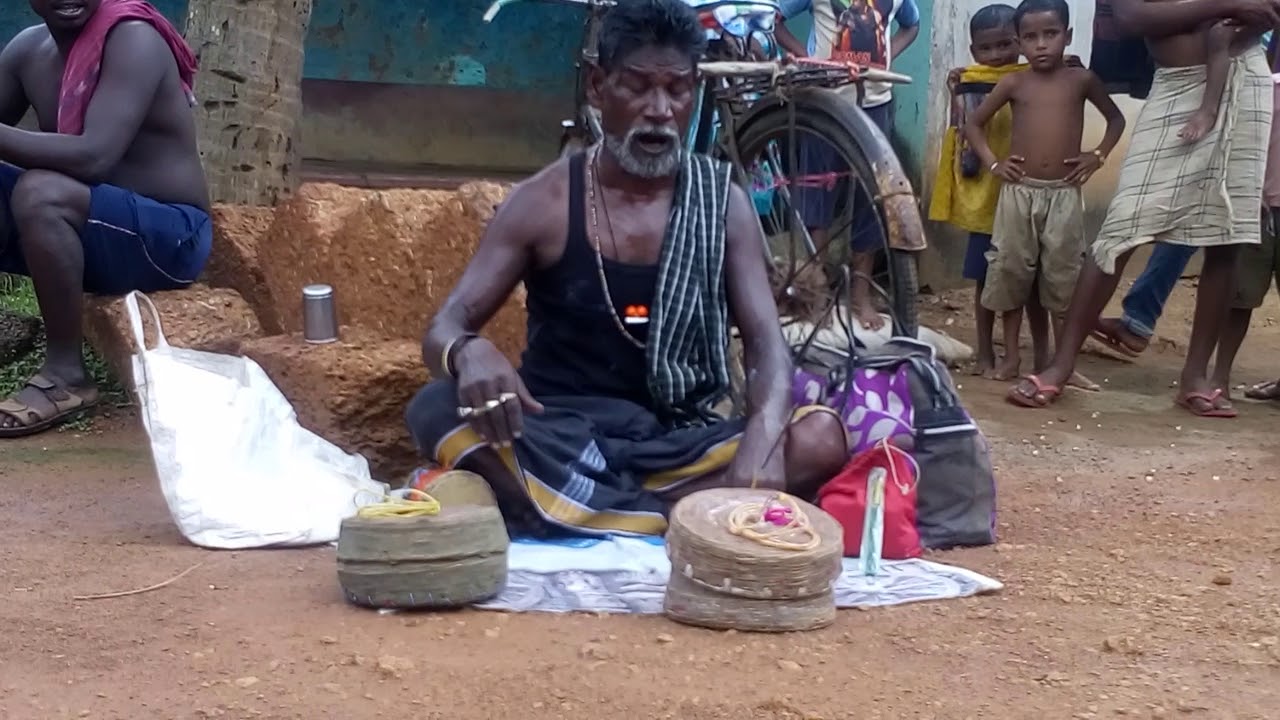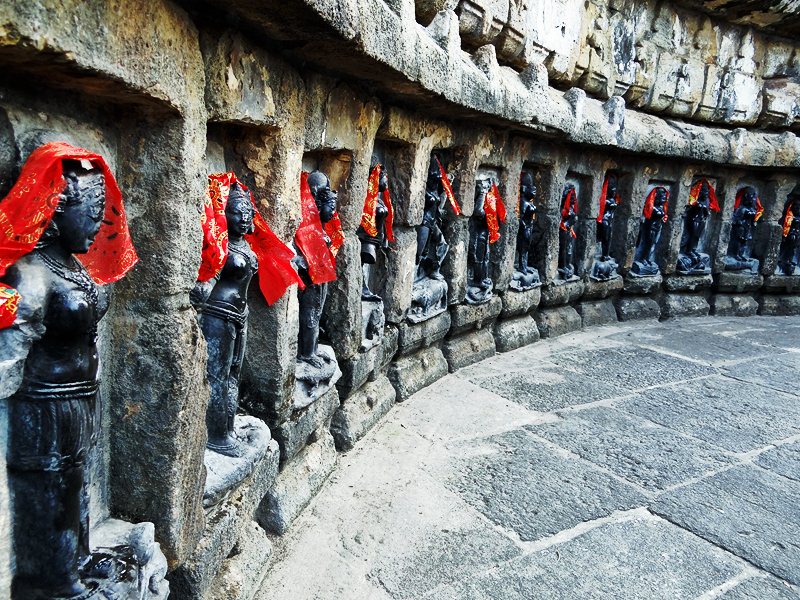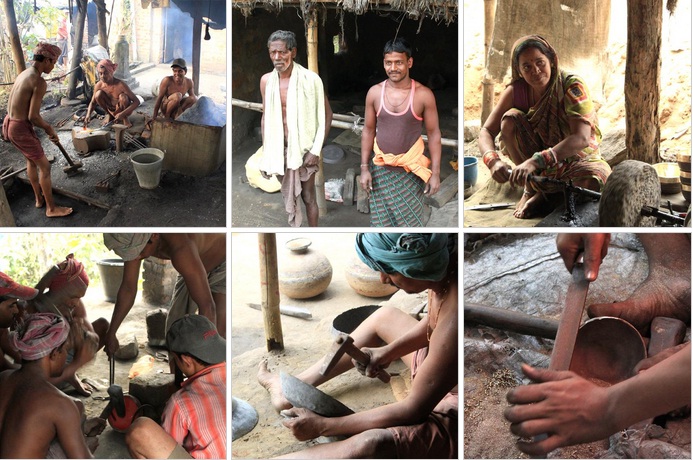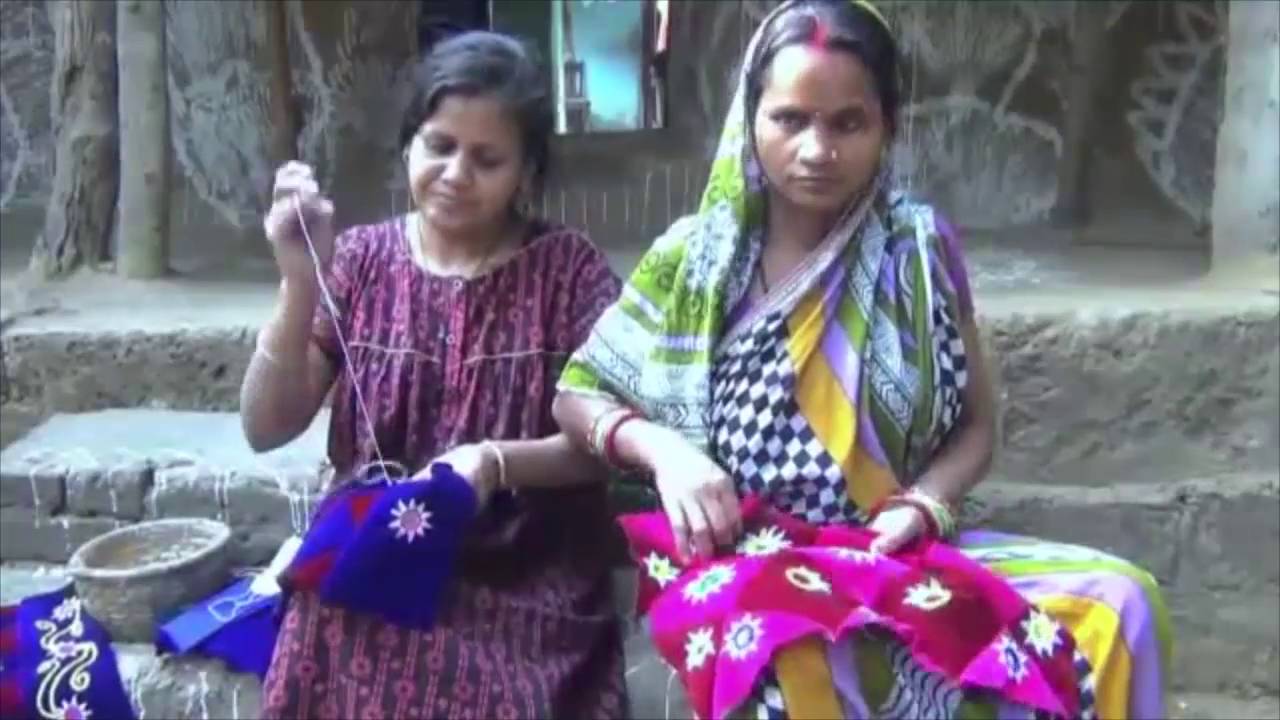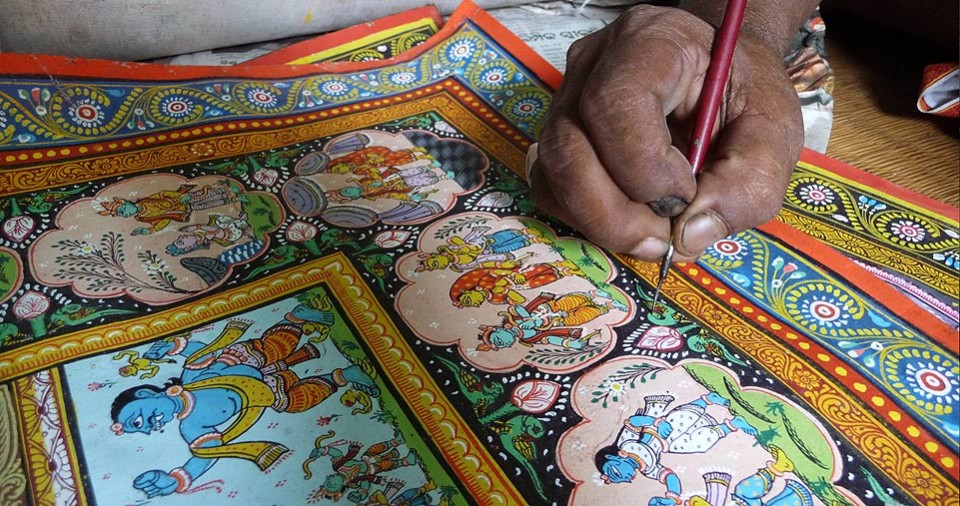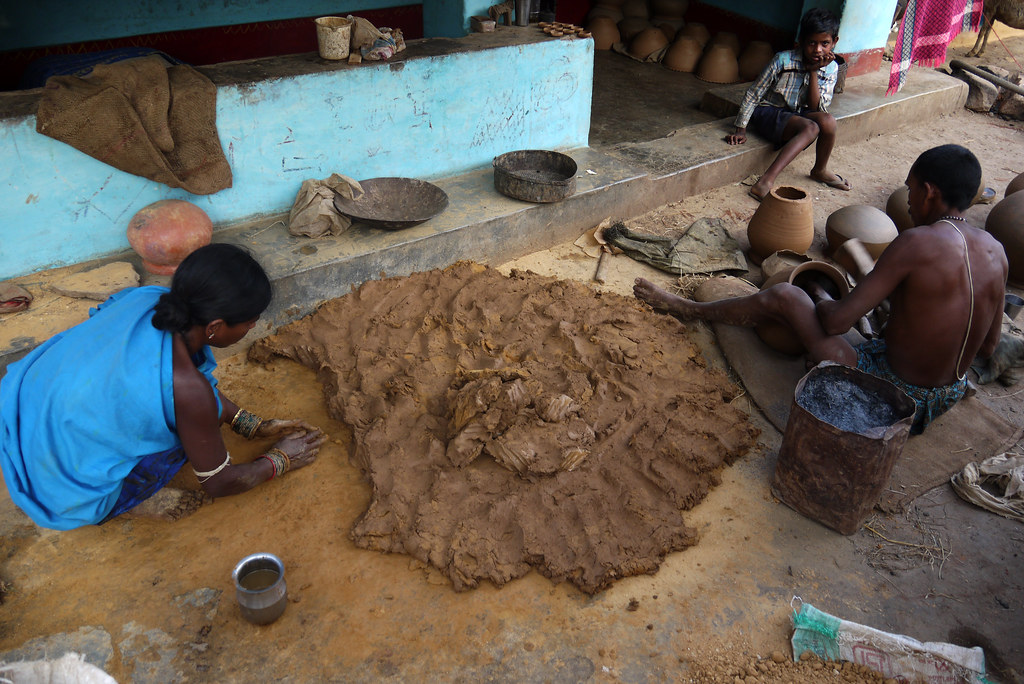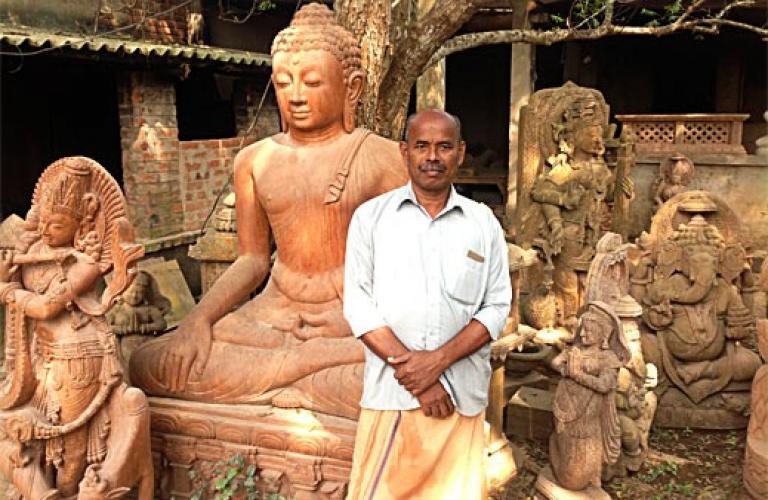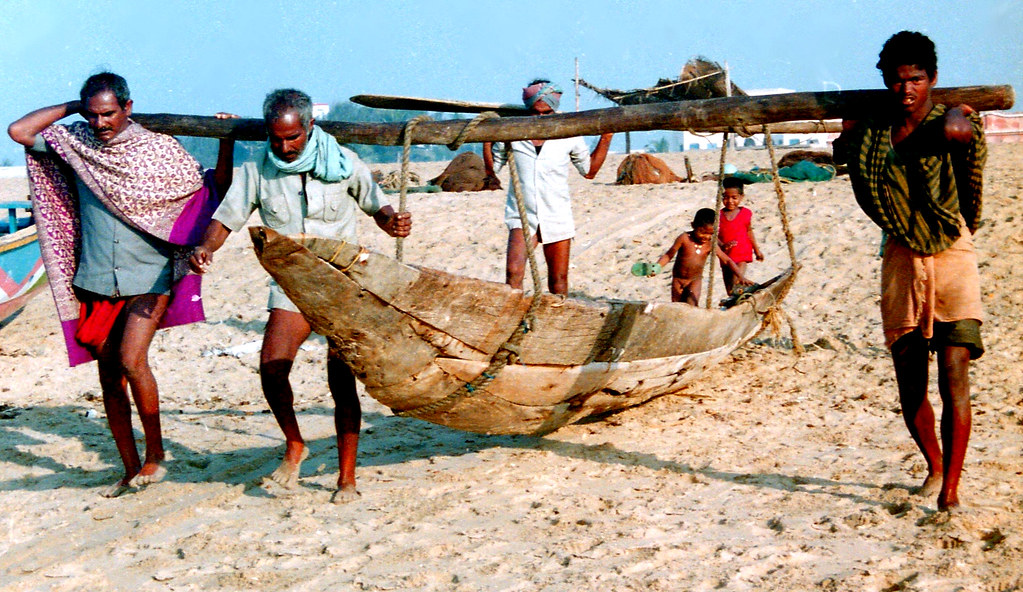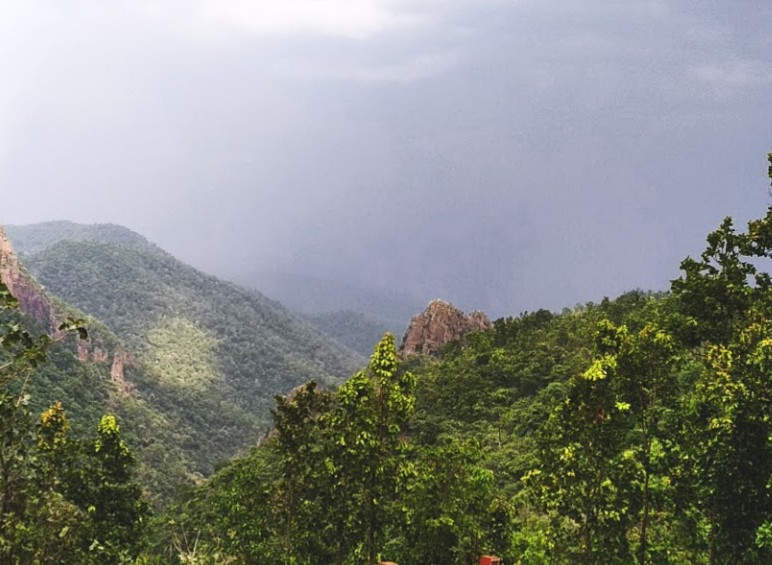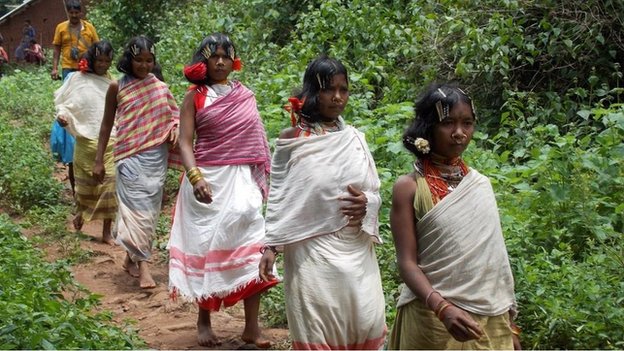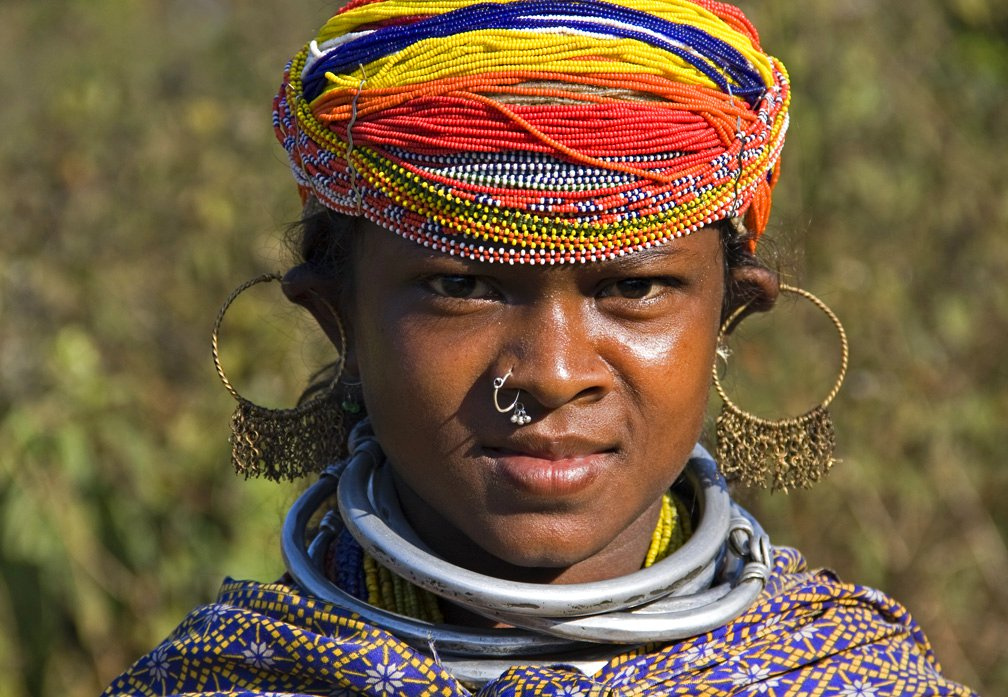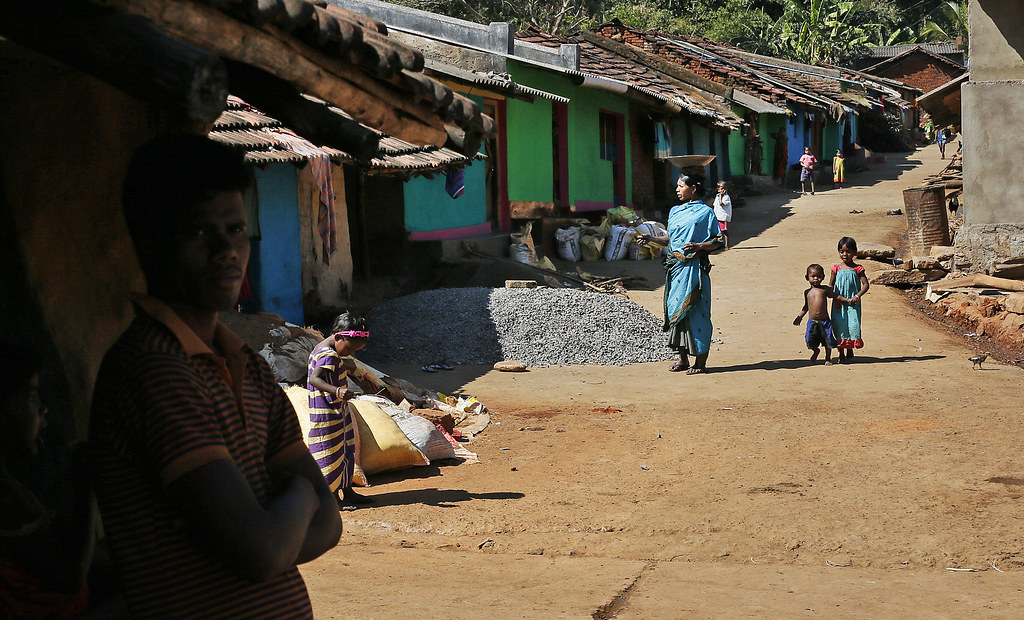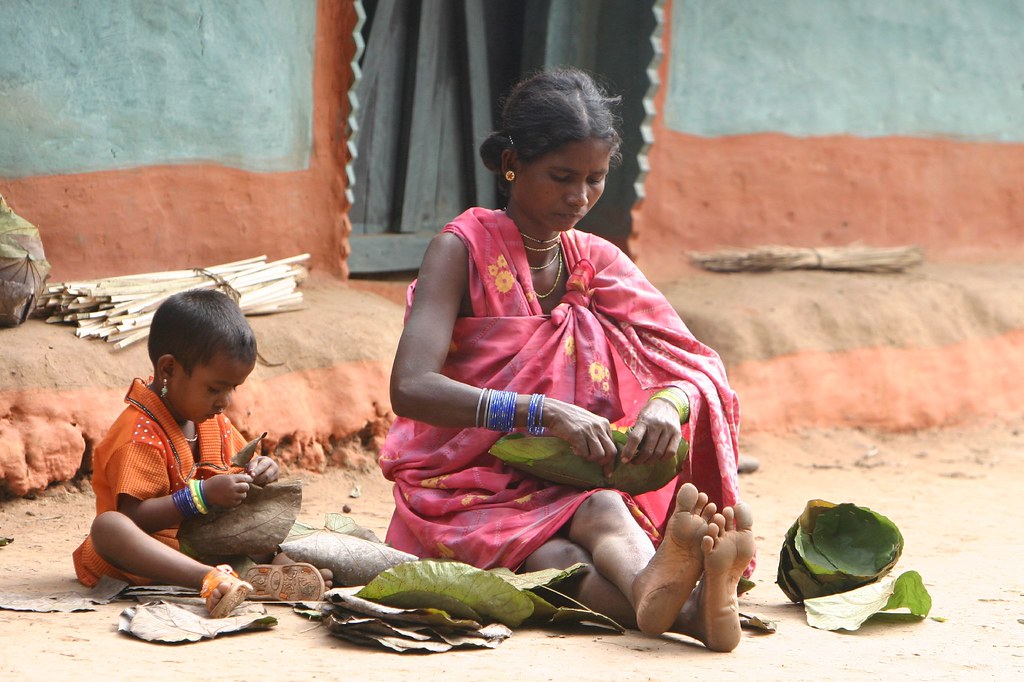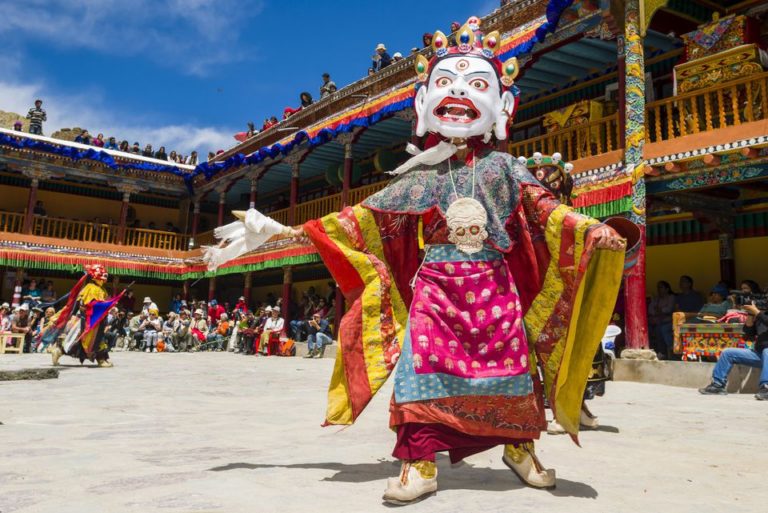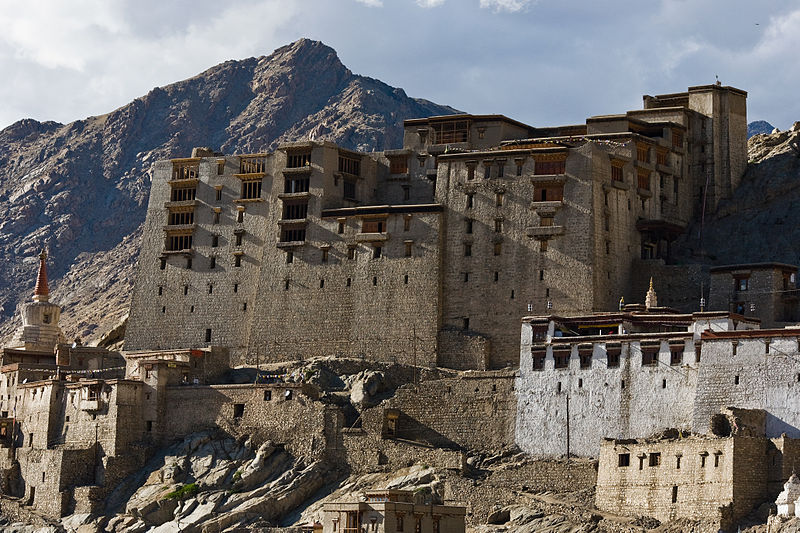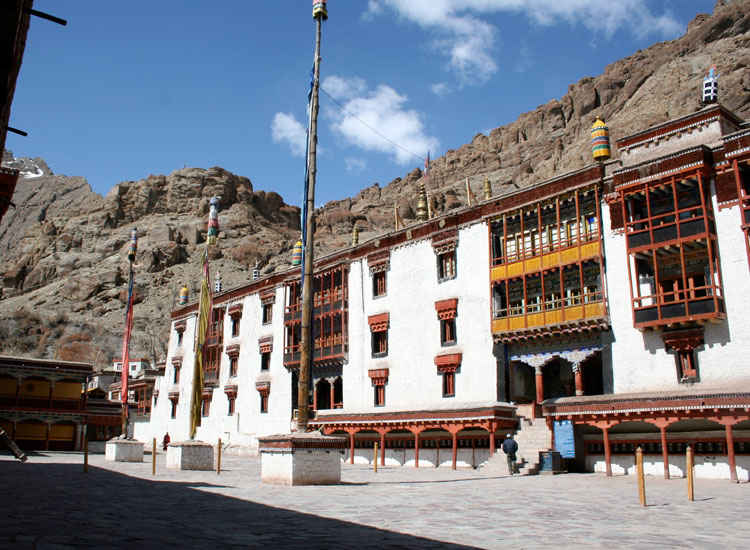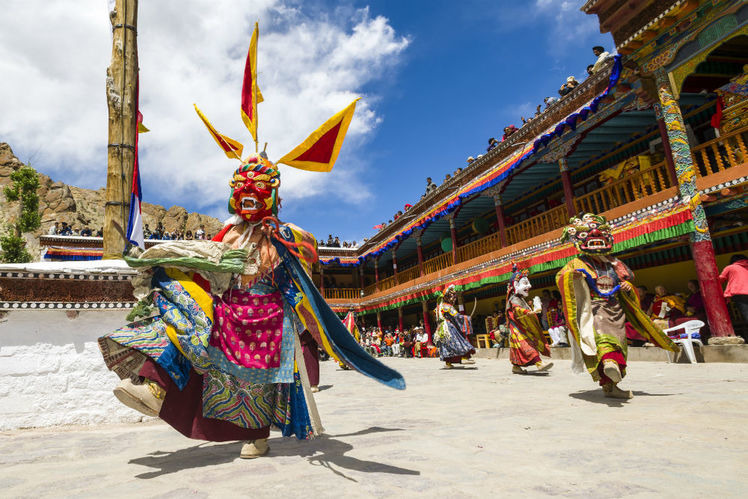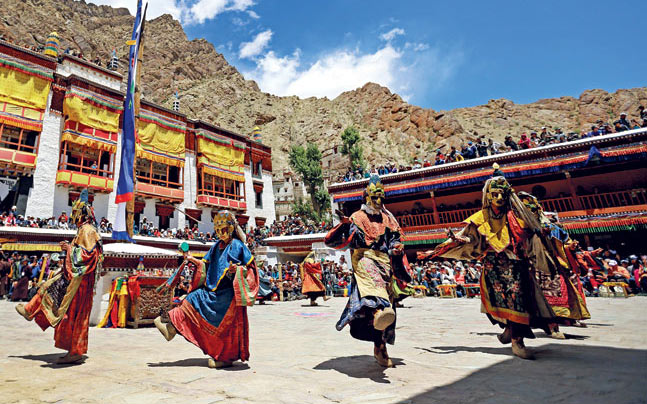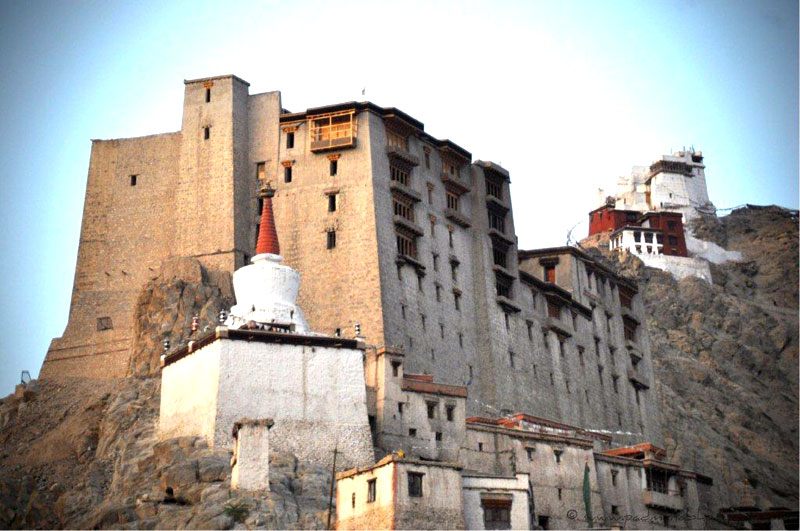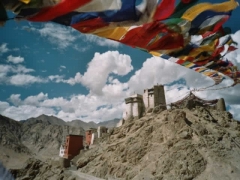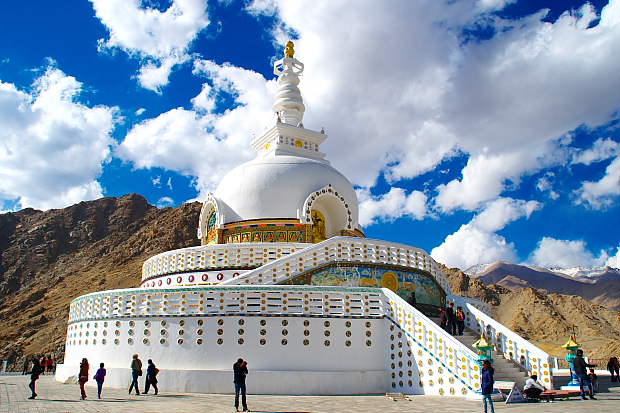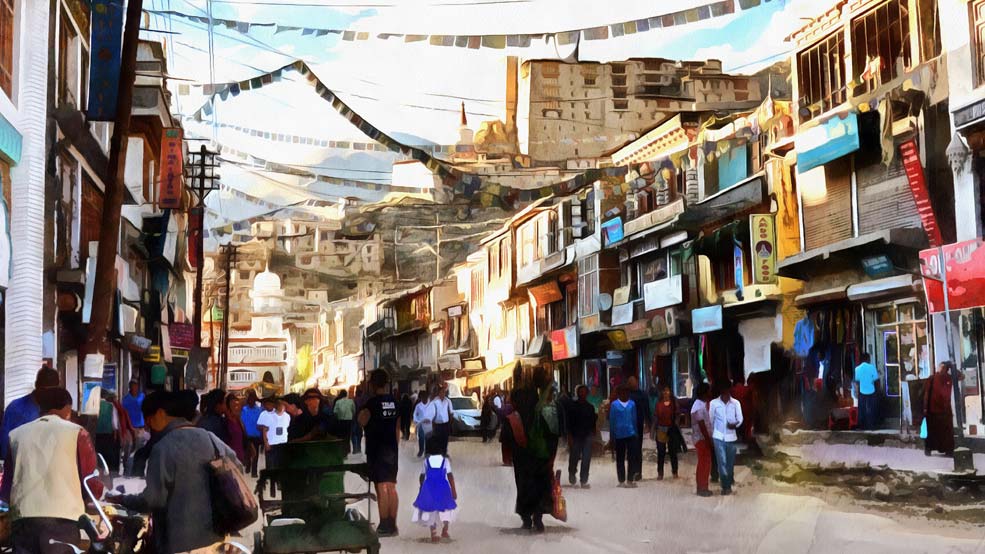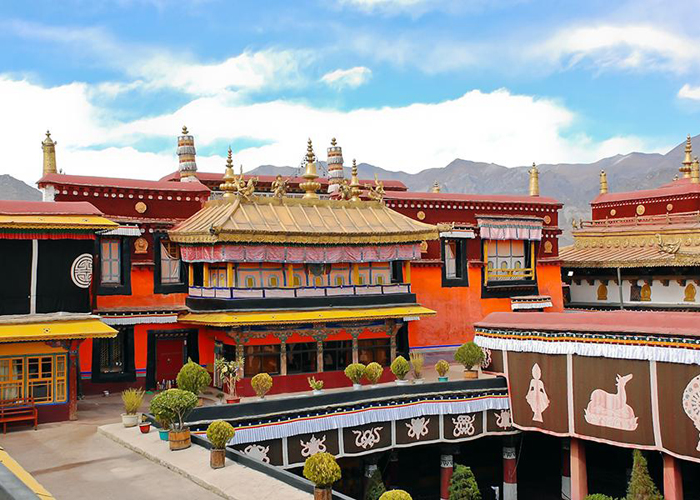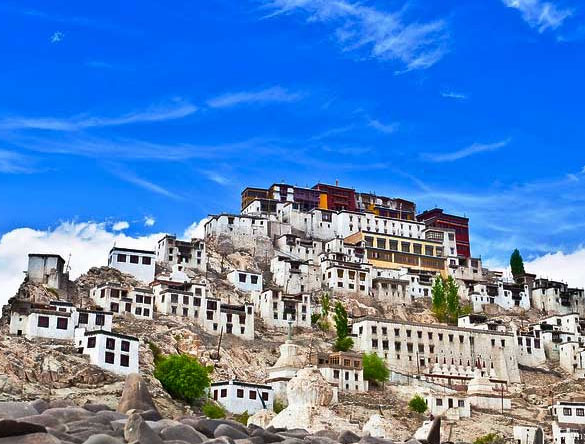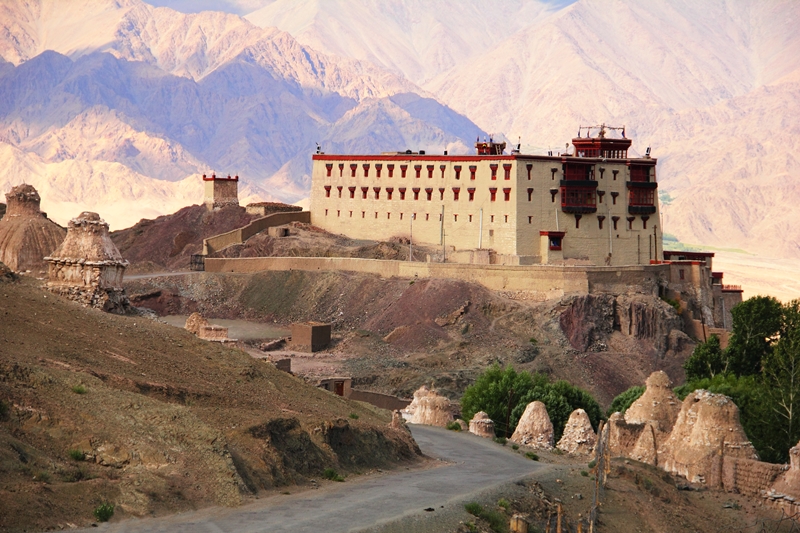Embark on an awe-inspiring 24-day journey through the mystical landscapes of Ladakh and Zanskar.
Tour Overview
Begin in Delhi, where you’ll be met and transferred to your hotel. Fly to Leh, the heart of Ladakh, and immerse yourself in its vibrant bazaar. Explore ancient monasteries like Hemis, Thiksey, and Shey, discovering the spiritual riches of the Indus Valley. Traverse through a mesmerizing tapestry of terrains, from arid valleys to lush meadows, as you embark on a trek of a lifetime.
Trek through quaint villages like Hanupatta, Photoskar, and Yulchung, each with its unique charm. Experience the boundless serenity of Lingshed and the unparalleled beauty of the Hanumala Pass. Follow the majestic Zanskar River, visiting remote villages and monasteries like Karsha and Pishu. Traverse the stunning landscapes to Purne, witness the architectural marvel of Phuktal Monastery, and journey through valleys adorned with vibrant flowers.
As you bid farewell to Zanskar, trek through the enchanting Shingula Pass and enter Himachal Pradesh. Your journey concludes in the tranquil embrace of Manali, where you’ll enjoy a day at leisure before returning to Delhi. This extraordinary adventure unveils the essence of Ladakh and Zanskar, promising memories to cherish for a lifetime.
Trek Region: Ladakh – Indian Himalayas.
Best Season for trekking : June to September
Total Duration: 24 Days
Trekking days: 18
Trek grade: Moderate to strenuous
Max altitude: 5020 m
Destinations Covered
Delhi: India’s vibrant capital city offers a mix of historical grandeur and modern vitality. Explore iconic landmarks like the Red Fort, Humayun’s Tomb, and Qutub Minar, as well as bustling markets and diverse neighborhoods.
Leh: Nestled in the picturesque Ladakh region, Leh is a charming town known for its Tibetan Buddhist monasteries, bustling bazaars, and stunning landscapes of rugged mountains and clear blue skies.
Indus Valley Monasteries: Hemis Monastery, Thiksey Gompa, and Shey Monastery showcase the spiritual and artistic heritage of Ladakh. Their intricate architecture, vibrant murals, and serene surroundings offer an immersive cultural experience.
Hanupatta: A remote village in the Zanskar region, Hanupatta provides a glimpse into traditional Zanskari life. It serves as a starting point for your trek, surrounded by enchanting landscapes.
Photoskar: This village presents stunning views and an insight into local agriculture. The trek here takes you through the scenic Sirsir La pass.
Yulchung: As you ascend Singala La, the highest point of your trek, you’re rewarded with breathtaking panoramic views. Yulchung offers a serene atmosphere amid the majestic mountains.
Lingshed: Discover the authenticity of village life and visit the Lingshed Monastery, an essential spiritual center in the Zanskar region.
Nyetse: The trekking route leads you to Hanumala Pass, offering breathtaking vistas. Nyetse’s tranquil surroundings and fresh air make it an ideal campsite.
Hanamur: Trek through steep terrains to reach this small village, gaining insight into the local way of life and their resilient spirit.
Pishu: Rest by the Zanskar River in Pishu, a quaint village where you’ll experience the simplicity and warmth of the local community.
Karsha: The oldest and largest monastery in Zanskar, Karsha Monastery is a cultural treasure. Camping nearby provides an intimate connection with the surroundings.
Padum: The administrative hub of Zanskar, Padum showcases the intersection of ancient traditions and modern life. Explore its market and interact with locals.
Phuktal Monastery: An excursion to Phuktal, a monastery built into a cliff, offers a unique spiritual experience amidst awe-inspiring natural beauty.
Testa: En route to Himachal Pradesh, Testa presents a peaceful village setting for you to explore.
Kargiak: The last village in Zanskar, Kargiak’s rural charm and untouched landscapes create a memorable experience.
Lakhang: Trek through a valley adorned with vibrant flowers and camp at the base of Shingula Pass, enjoying the serene atmosphere.
Chumik Nagpo: Crossing Shingula Pass, you enter Himachal Pradesh, with Chumik Nagpo providing a gentle descent and splendid surroundings.
Palamo: Transitioning from Zanskar to Himachal Pradesh, Palamo introduces you to a new landscape before you head to Manali.
Manali: A renowned hill station, Manali offers relaxation and exploration opportunities, showcasing its natural beauty and vibrant markets.
Detailed Tour Plan
Day 01: Arrive Delhi – Meet on arrival and transfer to your hotel.
Day 02: Delhi – Leh – Early morning fly to Leh. Enjoy orientation walk of Leh bazaar in the afternoon.
Day 03: Leh – Enjoy full day sightseeing of monasteries of Indus valley (including Hemis Monastery, Thiksey Gompa and Shey Monastery)
Day 04: Leh – Hanupatta (5-6 hour drive, 2 hr trek) – Drive to Alchi in the morning (3-4 hr.). Visit Alchi monastery. Drive on to Lamayuru (1 hour). Visit Lamayuru monastery. Drive further up to Wanla (1 hour) and trek for 2 hr. to reach Hanupatta. Overnight in the camp.
Day 05: Hanupatta to Photoskar (6 hr. trek) – Begin trek after breakfast. It is a gradual ascend towards Sirsir La (4500 m). Then descend down to Photoskar village. Overnight in the camp
Day 06: Photoskar to Yulchung (6 hr. trek) – Today begin a gradual ascend to Singala la (5500 m). This is the highest point of your trek. You will have spectacular views from this point. Continue trekking to Yulchung. Overnight in the camp.
Day 07: Yulchung to Lingshed (5 hr. trek) – Today’s trek will be a winding train crossing two minor passes with plenty of ups and down. Arrive Lingshed village and camp overnight. Time permitting, visit the Ligshed Monastery.
Day 08: Lingshed – Nyetse (6-7 hr. trek) – Begin trek after breakfast. It will be a gradual ascent to Hanumala pass (5000 m). You get excellent views from this pass. Later descend to Nyetse. Overnight in the camp.
Day 09: Nyetse – Hanamur (6 hr. trek) – Today’s trek is a steep climb with many ups and down to Parfila pass. Continue trekking to Hanamur – the first village with only four houses! Camp overnight.
Day 10: Hanamur – Pishu (5 hr. trek) – After breakfast begin the trek. Today’s trek will follow Zanskar River until you arrive Pishu village – with about 30 houses. You will camp beside Zanskar River
Day 11: Pishu to Karsha (5 hr. trek) – Continue trekking beside Zanskar River until you reach Karsha monastery. Karsha is the oldest monastery in Zanskar. You will camp beside the monastery.
Day 12: Karsha to Padum (3 hr. trek) – Today morning you will do a three hours trek to Padum village. Padum is the headquarter of Zanskar region. Afternoon visit Padum market. Overnight in the camp.
Day 13: Padum – Raru (5 hr. trek) – Today’s trek is a walk along Tserap River until you reach to Raru Village. You will visit beautiful Barden gompa and Mune gompa en route. Overnight in the camp.
Day 14: Raru to Surle (5 hr. trek) – You will continue trekking along Tserap River until you reach Surle village. You will enjoy a dinner with local family. Overnight in the camp.
Day 15: Surle to Purne (4 hr. trek) – Today’s trek is a gentle walk of 4 hours along Tserap River until you reach Purne. Overnight in the camp.
Day 16: Purne – Phuktal – Purne (4 hr. trek) – Enjoy an excursion to Phuktal, about 2 hours walk each way, to see spectacular monastery. It is an amazing monastery which is built on a bridge between two cliffs. You can spend few hours here, have tea and snacks. Return back to Purne. Overnight in the camp.
Day 17: Purne – Testa (4 hr. trek) – Today’s trek is a 4 hours walk to Testa village. Overnight in the camp.
Day 18: Testa – Kargiak (6 hr. trek) – Today’s trek is through villages of Kuru, Tanzay and Raltak to reach Kargiak. This is the last village of Zanskar. Overnight in the camp.
Day 19: Kargiak – Lakhang (5 hr. trek) – Today’s trek is through a beautiful valley full of flowers. You will pass by a sherpherd camp to reach Lakhang. You will camp at the base of Shingula pass.
Day 20: Lakhang – Chumik Nagpo (5 hr. trek) – Today’s trek is a gradual ascent of about 2 hours to reach Shingula pass (5300 m). Then a gradual descent to reach Chumik Nagpo. Overnight in the camp.
Day 21: Chumik Nagpo – Palamo – Manali (6 hr. trek/ 5 hr. drive) – Today you leave Zanskar and enter Himachal Pradesh. About a 6 hours trek will take you to Palamo. You will be met and driven to Manali.
Day 22: Manali – Day at leisure.
Day 23: Manali – Delhi – Early morning, drive to Chandigarh railway station to board train to Delhi.
Day 24: Depart Delhi for onward destination.
End of Tour
FAQs about the Tour
Q: What is the duration of this tour?
A: The tour spans 24 days, offering an immersive exploration of Ladakh and Zanskar regions.
Q: What is the level of physical fitness required for this trekking tour?
A: This tour involves moderate to challenging trekking, requiring participants to be in good physical condition and accustomed to walking on uneven terrains.
Q: Are there any cultural highlights included in the itinerary?
A: Yes, the tour includes visits to monasteries like Hemis, Thiksey, and Shey, providing insights into Tibetan Buddhist culture and art.
Q: Is altitude acclimatization a concern during this tour?
A: Yes, the tour begins in Leh to allow for gradual acclimatization to the high altitude. However, participants should still be mindful of altitude-related health considerations.
Q: What type of accommodations are provided during the trek?
A: Accommodations include a mix of hotel stays in Leh and camping in tents during the trek, offering a blend of comfort and adventure.
Q: Is vegetarian food available during the tour?
A: Yes, the tour provides vegetarian meals. Special dietary requirements can be accommodated with prior notice.
Q: How physically demanding is the trekking portion of the tour?
A: The trekking involves varying degrees of difficulty, with some steep ascents and descents. Participants should have a reasonable level of fitness and be prepared for challenging terrain.
Q: What are the highlights of the trekking route?
A: The trek offers stunning views of mountain passes, visits to traditional Zanskari villages, interaction with local communities, and exploration of ancient monasteries.
Q: Are there any cultural interactions planned during the tour?
A: Yes, the tour allows opportunities for cultural interactions with local villagers and visits to monasteries, providing insights into the unique way of life in Ladakh and Zanskar.
Q: Is this tour suitable for solo travelers?
A: Yes, solo travelers can join this tour and share the experience with like-minded adventurers. Group dynamics and camaraderie often develop during the trekking journey.
